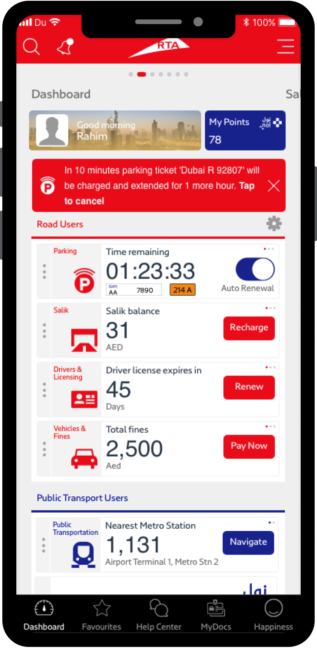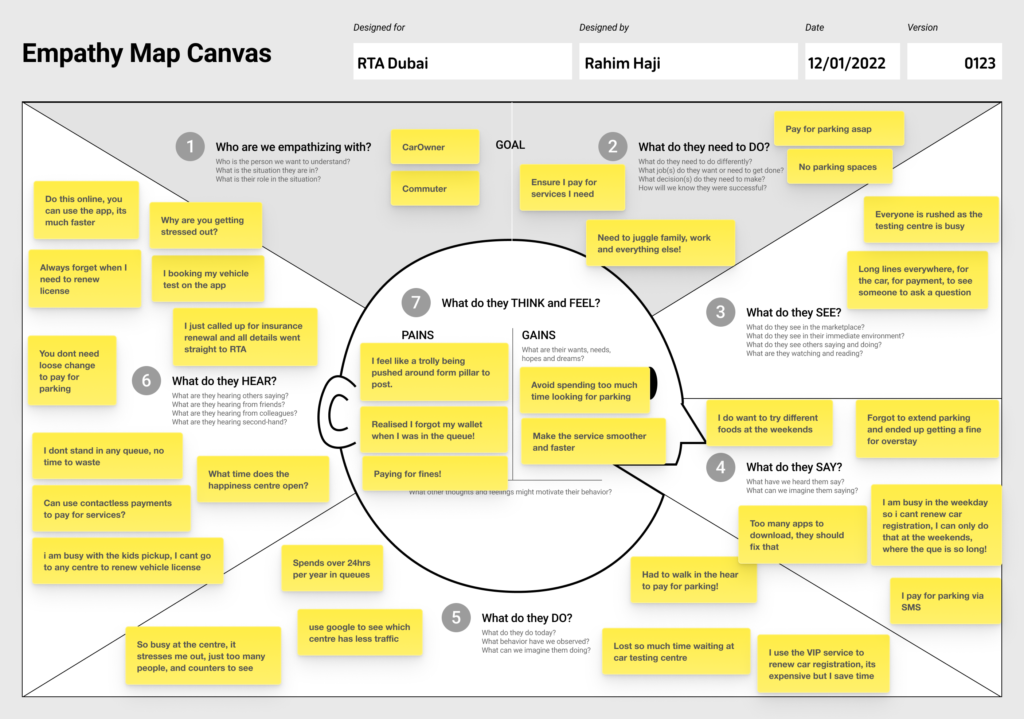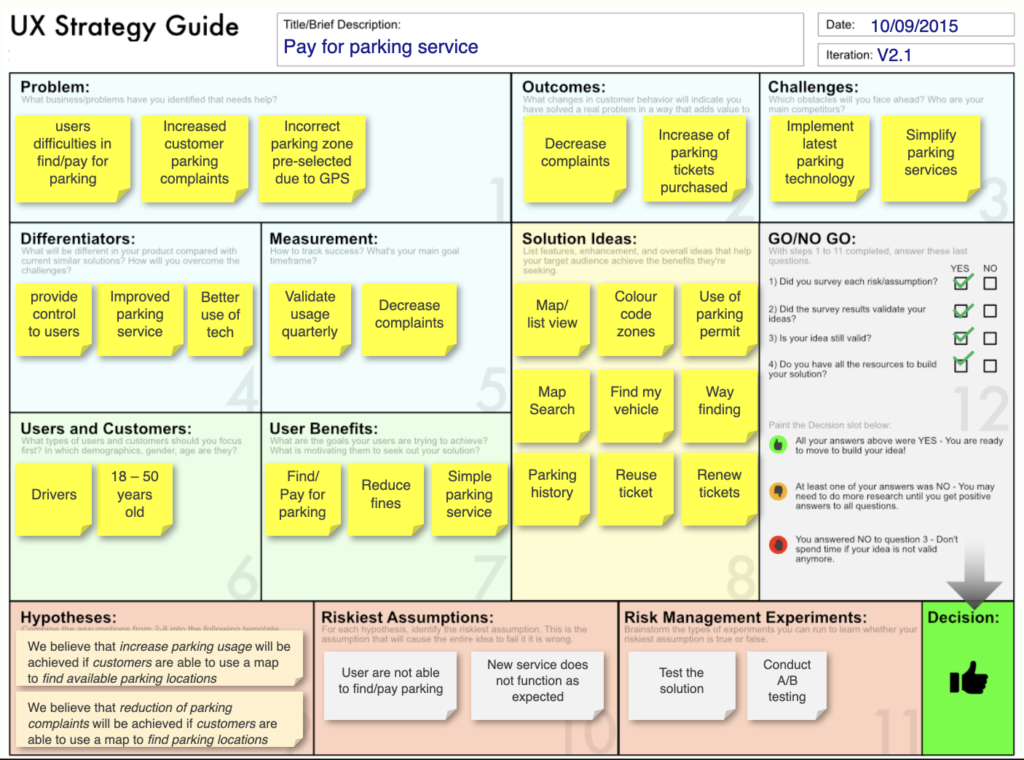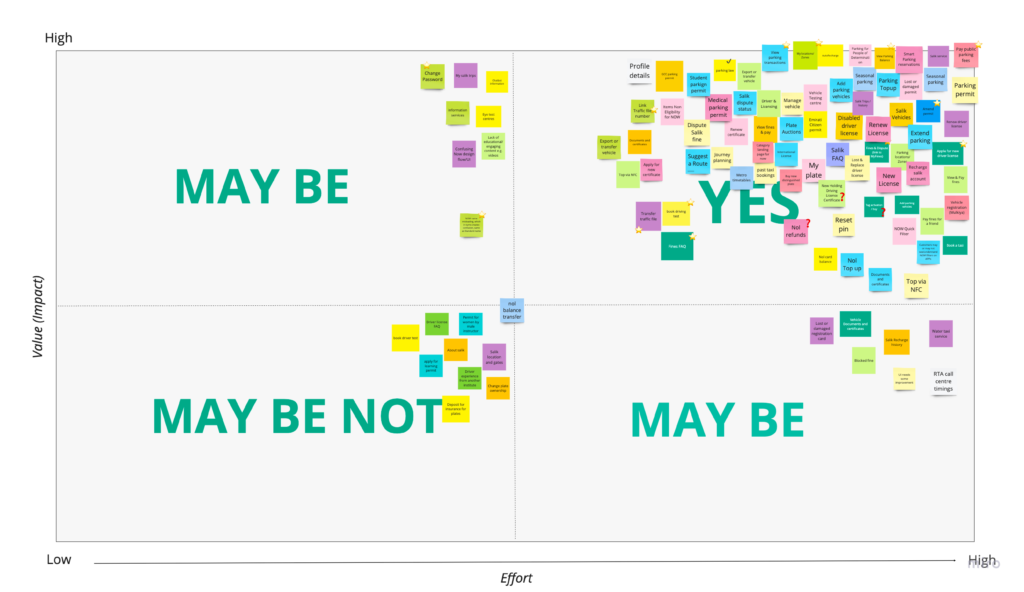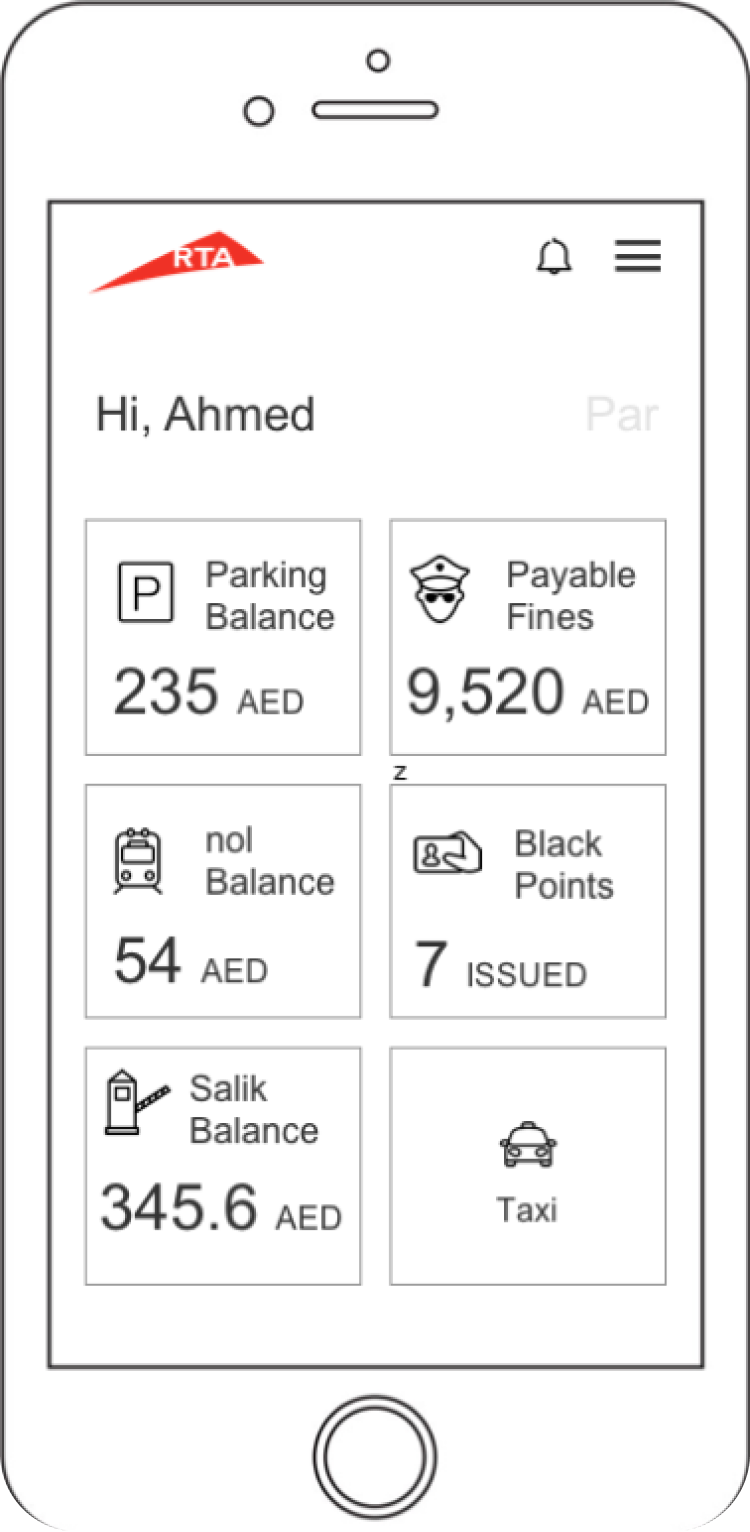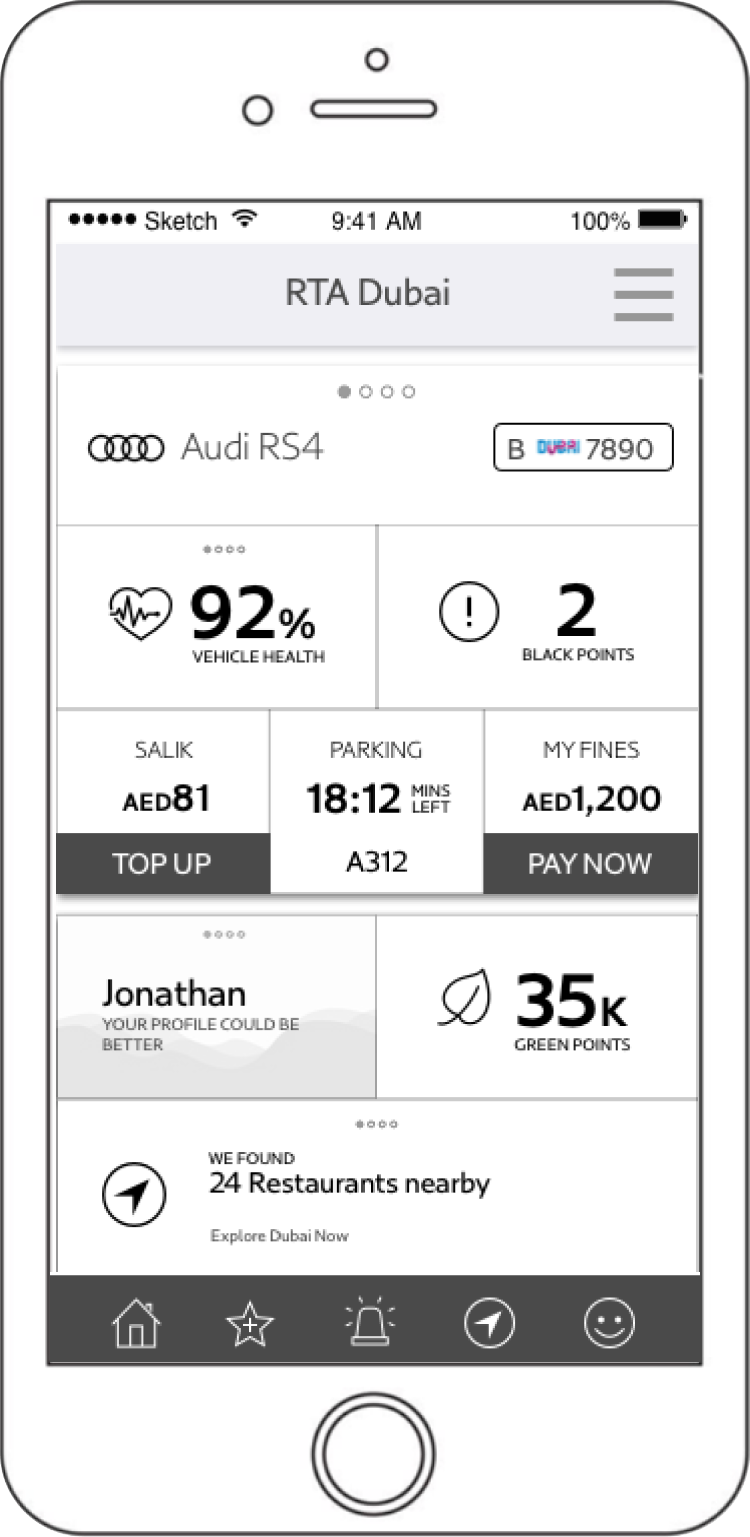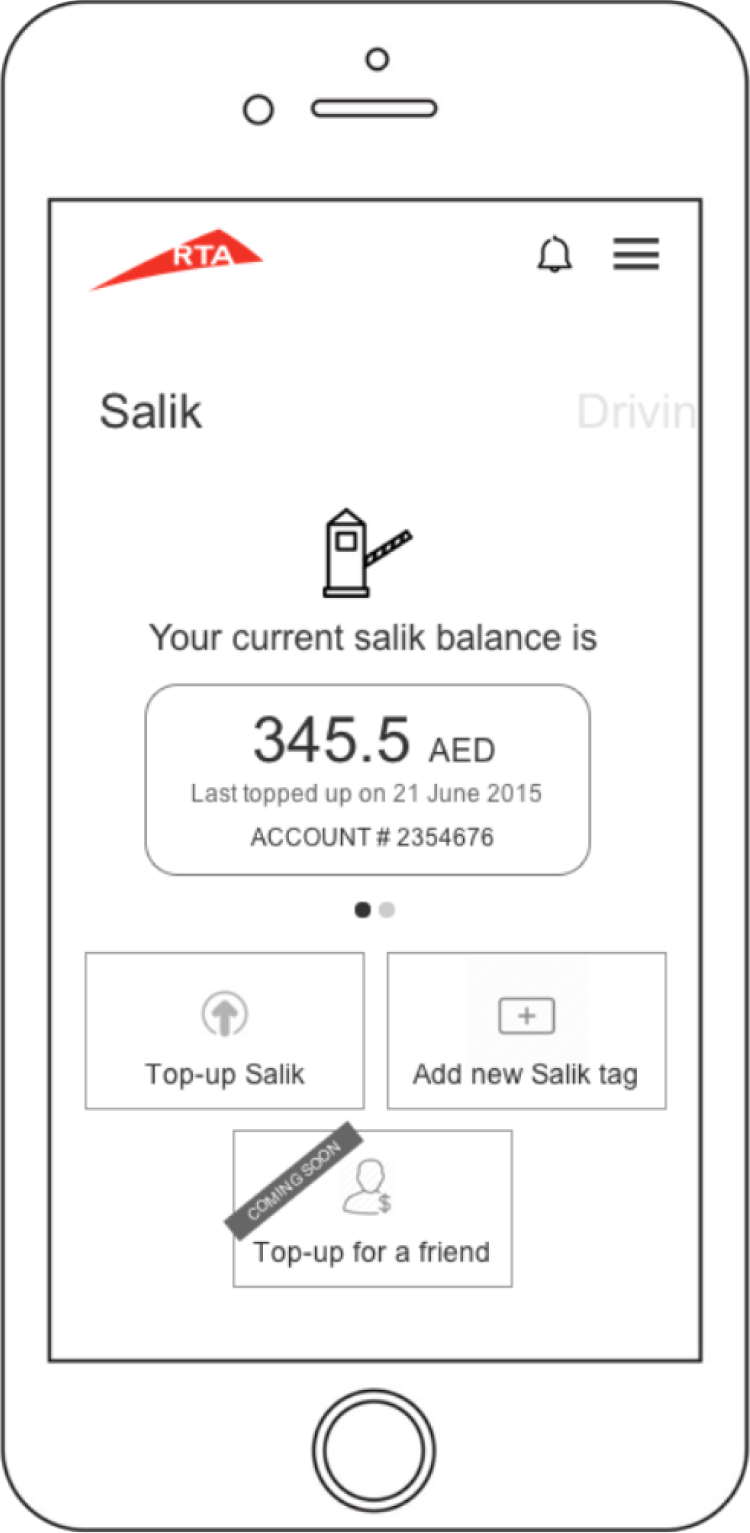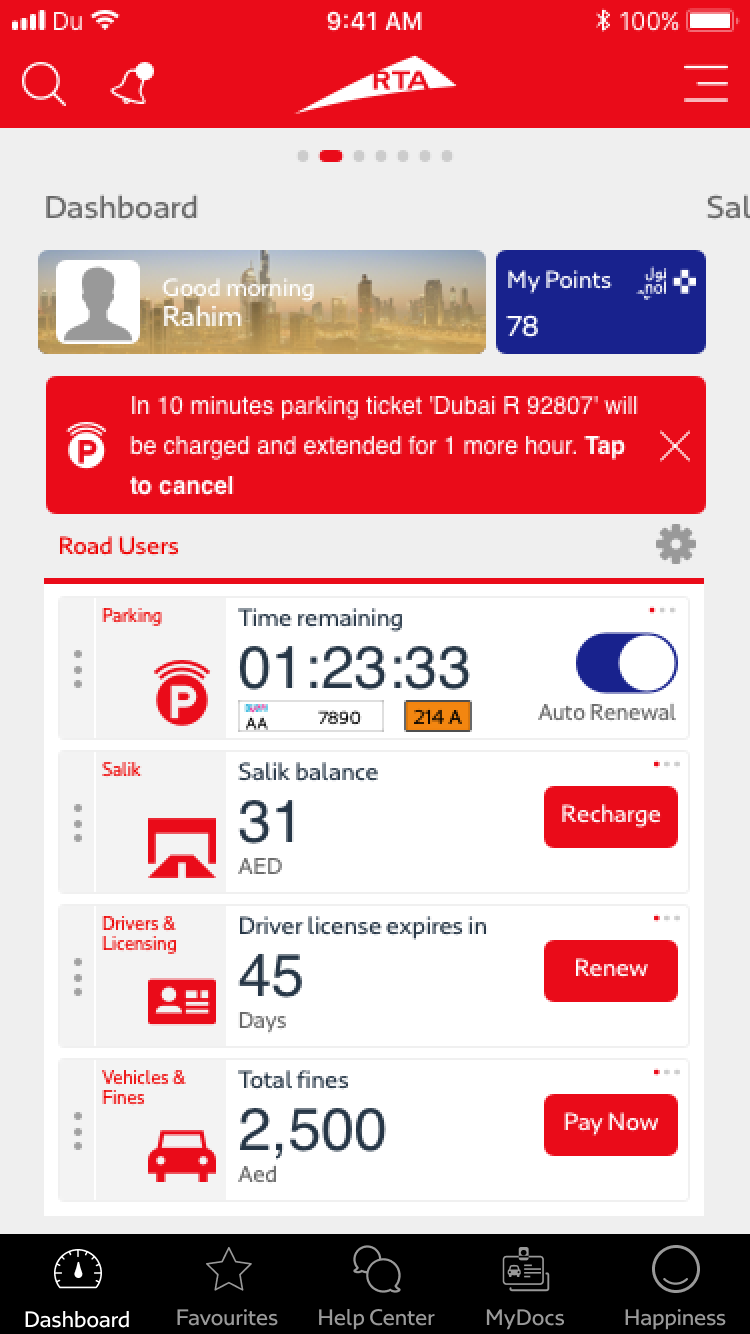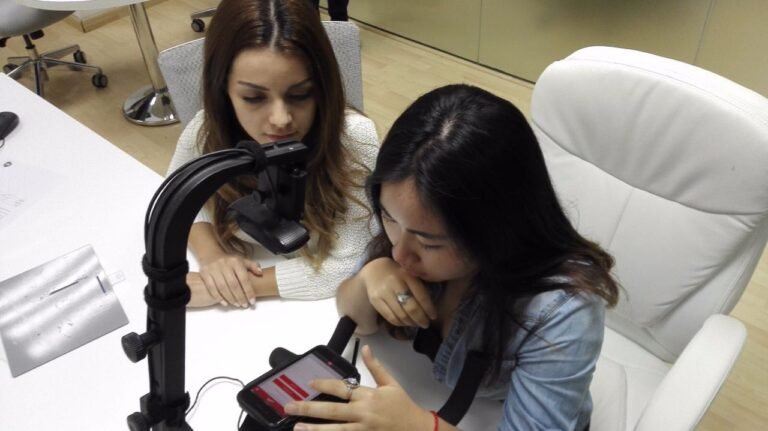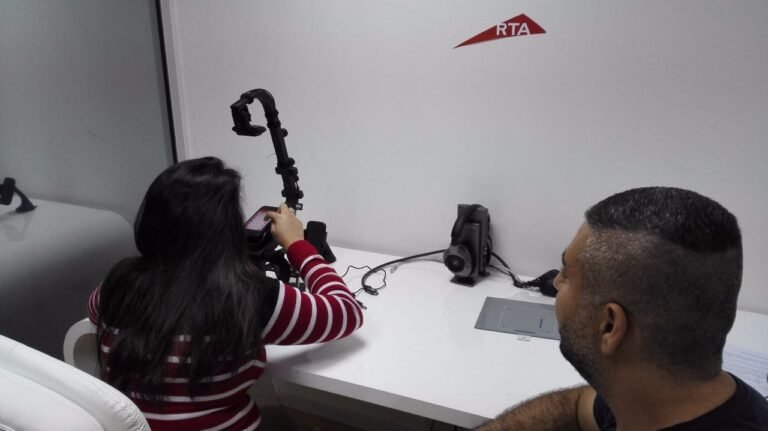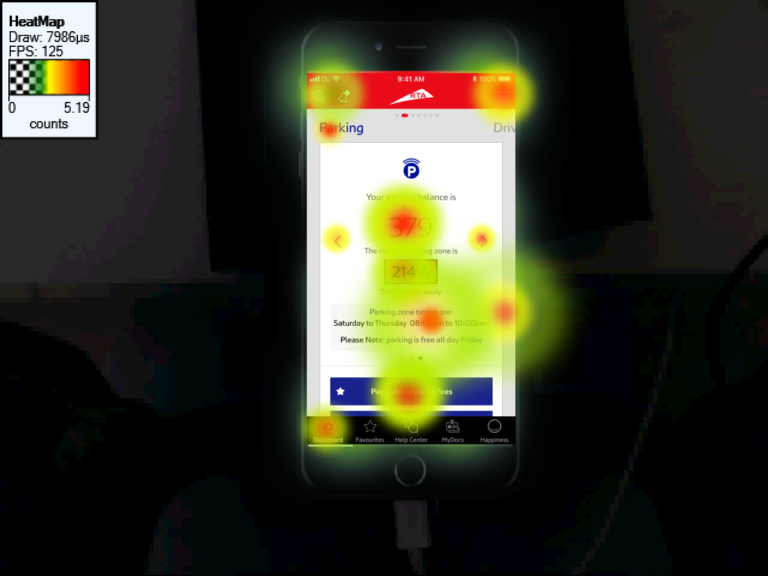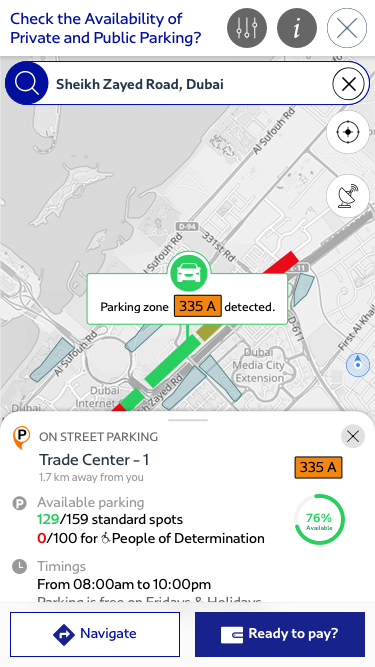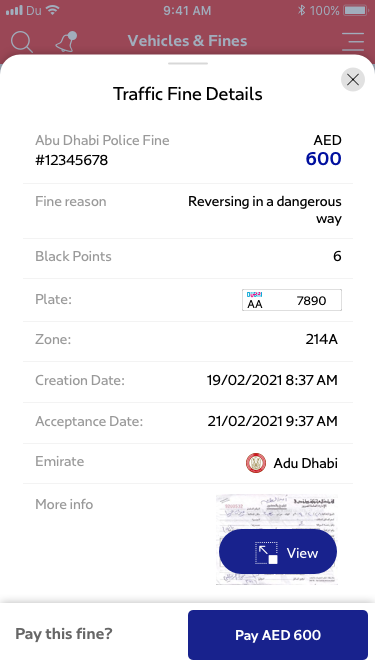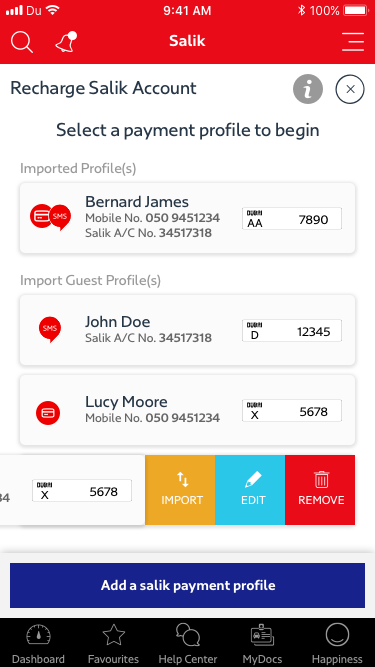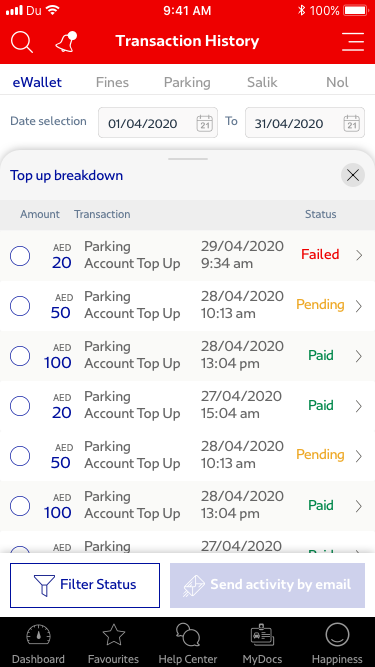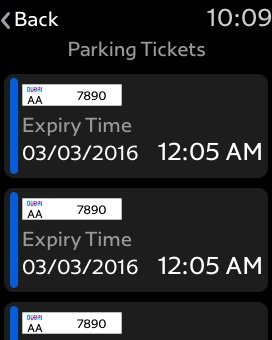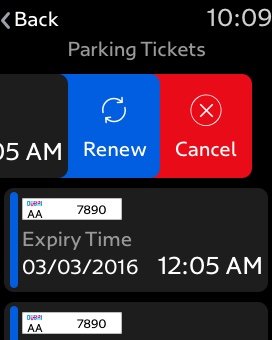
Roads and Transport Authority

Achievement highlights (Post launch)
3 ⇑ 300%
Global award winner
46 ⇑ 360%
Services digitised
7 ⇑ 600%
Digital platforms
12.8 ⇑ 82.9%
Total transactions (AED)
4.5 ⇑ 97.7%
Customer Satisfaction Rate
6.25 ⇑ 101.3%
App downloads
Background
I strategically chose the “Double Diamond” design process, enabling a structured and iterative approach to address uncertainties and achieve well-informed solutions. This enhances collaboration, ensuring clear navigation aligned with customer-centric and business objectives.

As the Lead UX expert at the Roads and Transport Authority (RTA), I spearheaded a transformative journey during a pivotal period when the government mandated a shift to a paperless approach. This directive necessitated the digital transformation of approximately 52 services. In response, I established a dedicated UX team, collaborating closely with project managers and development teams across various digital platforms, including websites, apps, kiosks, and chatbots.
Guiding strategic UX initiatives, my role involved aligning design with business goals to seamlessly transition from physical to digital realms. Collaborating with senior management, I refined processes with a keen focus on customer outcomes, driving enhanced business value. Particularly in Chatbot and Kiosk strategy, I crafted conversational artifacts to elevate user engagement.

My deliverables
- Craft award winning design
- Create UX process & strategy (NDA)
- Produce service design
- App & services merger
- Kiosk & Chatbot design
- Create design system
- Facilitate workshops
- Create visual design language
- Wireframes & prototype
Background
In every project I undertake, my aim is to establish consensus before delving into the design phase. Given the extensive number of services across different platforms requiring mapping in this particular project, and the inherent uncertainties associated with such a task, I opted to employ the “Double Diamond” design process.
So to ensure I have the facts of the case I wanted to ensure everyone within the project team have the same knowledge and understanding:
- Key business objectives
- Discuss available data and insights
- What is the problem we are trying to solve
- Possible desired outcomes
Once we have everything we need we can begin by setting the ground work.
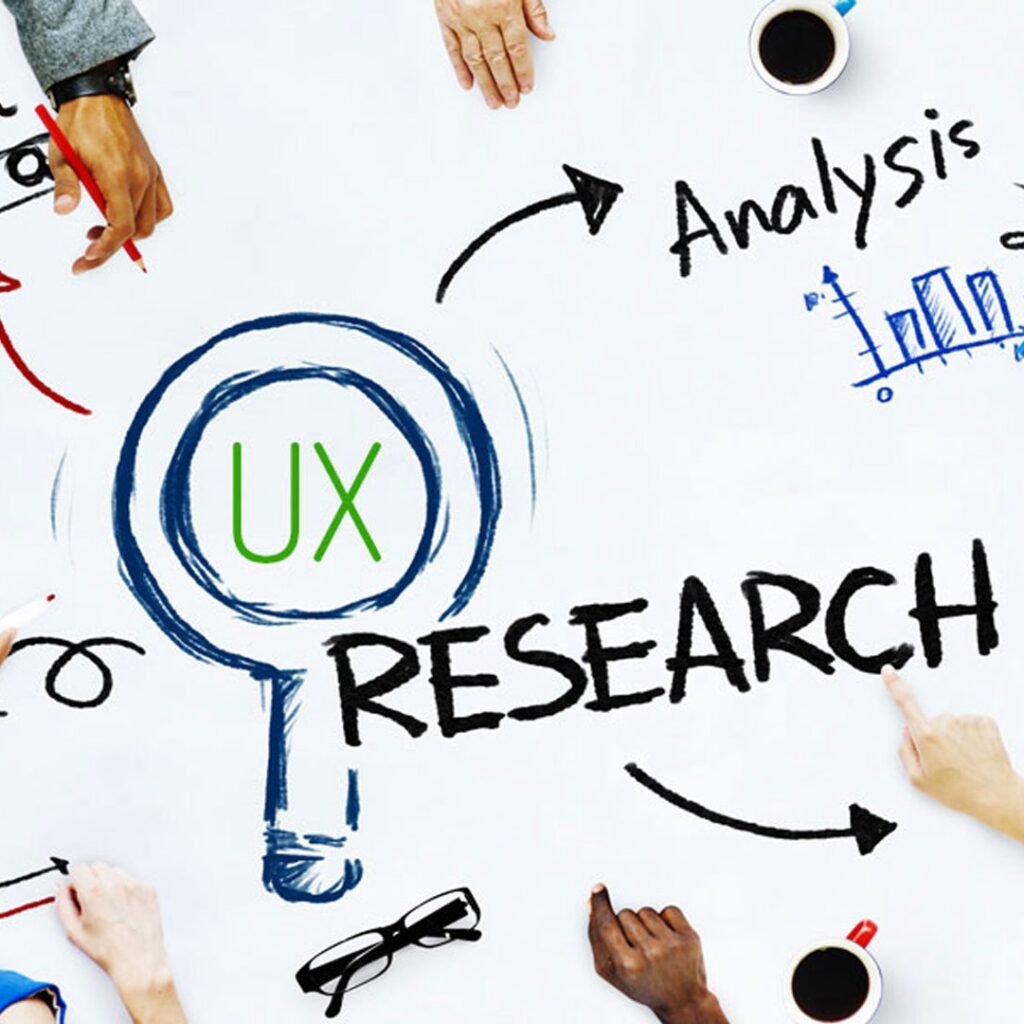

The Brief - planning
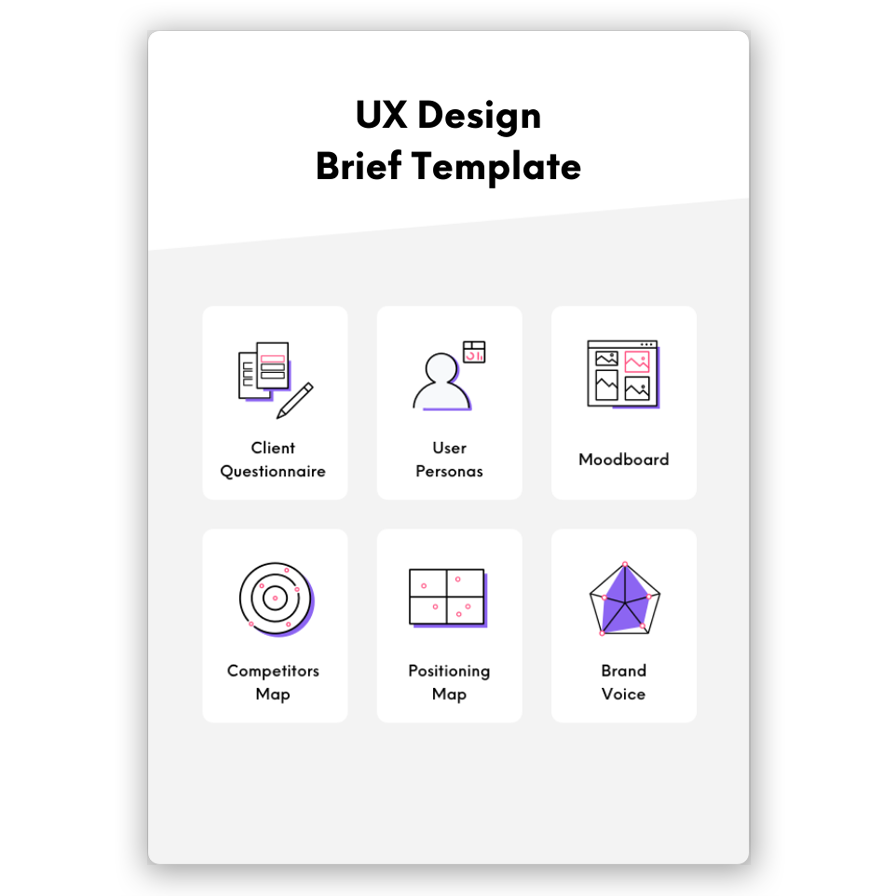
Our journey started with a commitment to redefine how residents interact with RTA services, aiming for a smooth transition from the physical to the digital realm. To create a customer-centric strategy, I delved into global governmental service trends, exploring how services are accessed and completed. Additionally, I closely examined local services, pushing the boundaries to redefine the average user experience in both English and Arabic segments.
Throughout the process, every feature and service underwent a careful evaluation. No addition was arbitrary; the entire experience was built on a strong foundation, guided by our overarching UX strategy, ensuring that every element contributes to a seamless and satisfying experience for our valued customers.
Research - Discovery phase
In this phase, I foster active engagement, encouraging team members to share their valuable data and insights. My main emphasis is on deeply understanding and exploring the user’s perspective. I conduct thorough research, observe user behaviors, and gather information to unveil insights into the challenges and opportunities we are tackling. This user-centric approach ensures that we not only address the problem at hand but also create solutions that resonate with the needs and experiences of our customers.
Our primary goal was to connect with customers on a deeper level by comprehending their emotions, experiences, and actions. Employing a service canvas alongside this empathetic approach allowed us to visualize and map the entire service journey comprehensively.
Insights gleaned from both the canvas and user feedback offered a thorough grasp of the user perspective, serving as the bedrock for our design process. This dual approach ensured that our solutions were not only empathetic but also strategically aligned with the needs and experiences of our users.
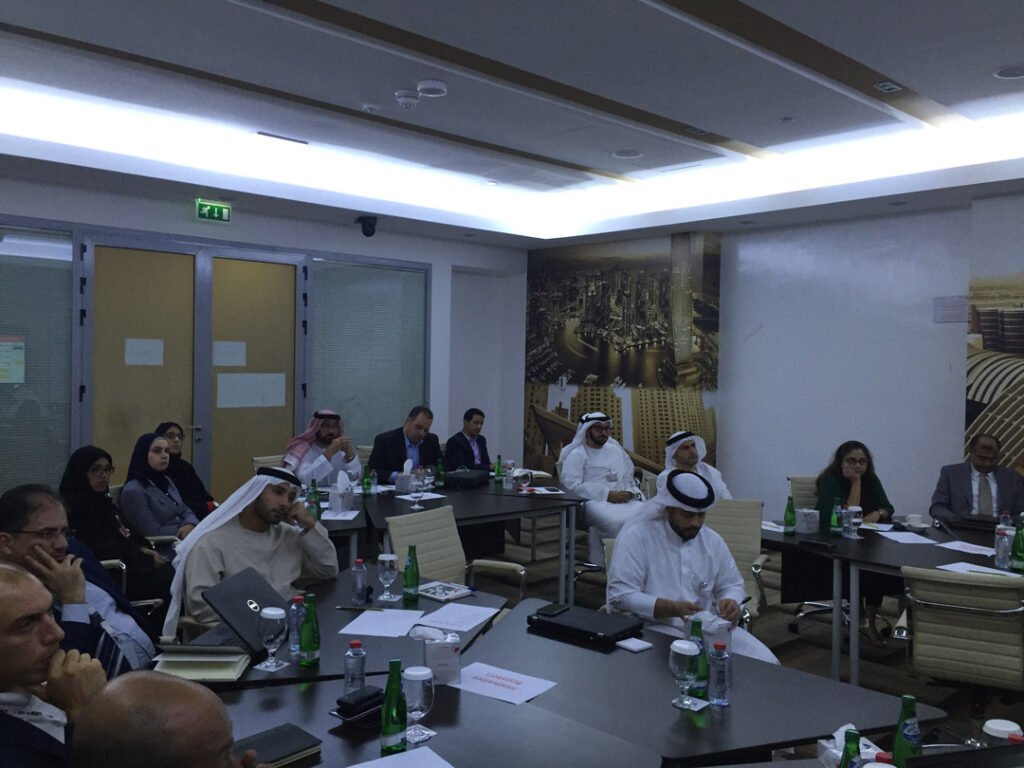
Persona, empathy & service canvas
The empathy map serves as a valuable tool for creating detailed personas – specifically, for both Car Owners and Commuters – by visually capturing customers’ thoughts, feelings, and behaviors during their service journey. This strategic approach forms the foundation for developing a user-centric and empathetic service solution, allowing us to effectively address the distinct pain points, desires, and motivations of Car Owners and Commuters alike.
Furthermore, the journey map complements this understanding by providing a comprehensive overview of the entire customer experience. It meticulously highlights key touchpoints and interactions, ensuring a holistic perspective that guides the development of a seamless and engaging service solution for both Car Owners and Commuters.
Competitive Analysis
Competitor analysis informs our strategy, providing insights into market trends and areas for differentiation. Understanding strengths and weaknesses allows us to position ourselves strategically, fostering continual improvement.

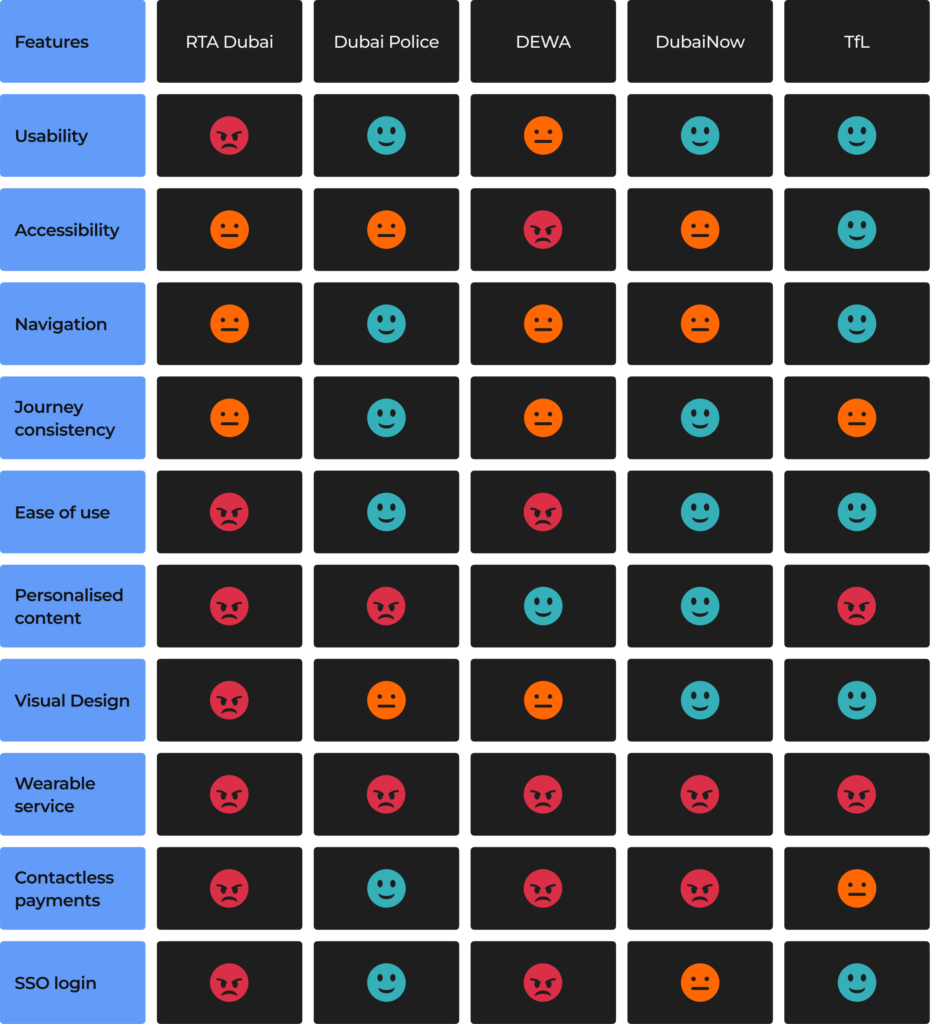
To elevate user experience, engagement, and competitiveness for “RTA Dubai” against rivals like “Dubai Police,” “DEWA”, “DubaiNow” and “TfL” strategic enhancements and innovative features can be deployed. The table below illustrates the benchmark for required features and enhancements to align with management goals and outperform competitors.
Questions
- Address specific pain points users encounter with current physical interactions.
- What are their main pain points
- How to enhance communication and engagement through the mobile app for improved efficiency
Objectives
- Analyse the conversion funnel from guests to logged in users
Map services to applications to ensure omnichannel experience
Drive insights among the different service owners
Challenges
Multiple stakeholder alignment related to 52 services from 15 departments
Upgrading technology for digital transition may require significant investment
Designing & developing 7 platforms with a small team poses significant challenges.
Research - Define phase
I refine insights from Discovery, distilling information, aligning perspectives, and defining clear design goals and user needs. My goal is to frame a problem statement and outline some user stories guiding the design process.
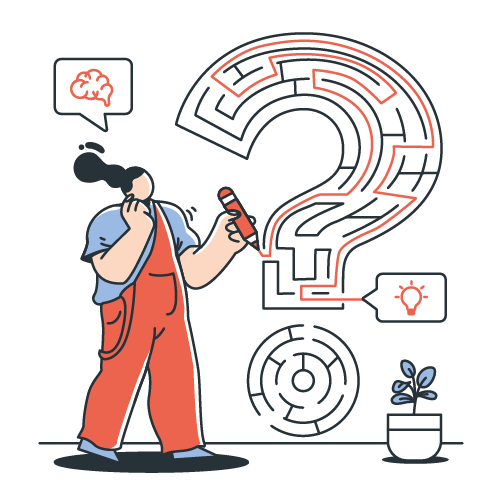
Problem statement
In the realm of RTA service transformation, the existing scenario involves users navigating through various platforms for accessing services, leading to a fragmented and time-intensive experience. The potential lies in developing a unified digital platform that streamlines service discovery, simplifies navigation, and elevates user engagement. The goal is to create an efficient and satisfying service consumption experience within the RTA ecosystem.
Leveraging the available data, I formulated the following "How might we" statements to aid both design and development teams.
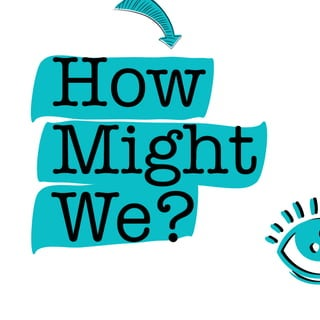
- Transition offline RTA services to an online platform, fostering user confidence in accessing a seamlessly integrated, consistent, and frictionless omnichannel experience?
- Restructure and organise services to ensure optimal efficiency and accessibility, creating a seamless experience for all users
- Design a mobile app consumption experience that is both efficient and hassle-free, while delighting customers with personalised content
- Facilitate seamless service personalization across channels, delivering tailored content that aligns with user preferences
Hypothesis
- If we successfully transition a significant portion of RTA services from offline to online, optimizing digital processes and reducing dependency on physical infrastructure, then we hypothesize a considerable reduction in operational costs over time.
- Personalised content enhances engagement, satisfaction, and loyalty, providing users with time-saving convenience.
- Consolidating and digitising RTA services to streamline processes for online accessibility could lead to a substantial reduction in service delivery time and enhanced operational efficiency.

MoSCoW Method
We implementing the MoSCoW method for our news digital solution streamlined prioritisation, ensuring we focused on must-have features, delivering an impactful and user-centered product within set timelines.

Information Architecture -Bento box
In crafting our digital solution, I opted for the Bento Box Information Architecture, aligning seamlessly with our customer-centric approach.
This design not only organizes information intuitively for our users but also enhances their overall experience by ensuring easy navigation and accessibility.
This structure reflects our commitment to placing customers at the forefront, allowing them to effortlessly access and engage with our platform. This deliberate choice aims not only to elevate user satisfaction but also to drive positive business outcomes, fostering a more efficient and enjoyable interaction between our customers and the digital solution.


Design - Develop phase
I transform specified concepts into user-friendly solutions aligned with personas from research. Collaborating with the dev team to ensure feasibility, I engage in ideation, prototyping, and iterative refinement of designs. Rigorous testing of wireframes is conducted to ensure alignment with research insights and adherence to user-centric criteria.
- Address customer pain points by conducting thorough research on physical services during the digitisation process.
- Mapped out potential user journeys to identify touchpoints
- Established the information architecture for service consumption.
- Compiled a list of potential features for the product
- Iteratively refining and adjusting designs based on ongoing custoemer feedback and testing results.
- Identified potential challenges and risks associated with ideas
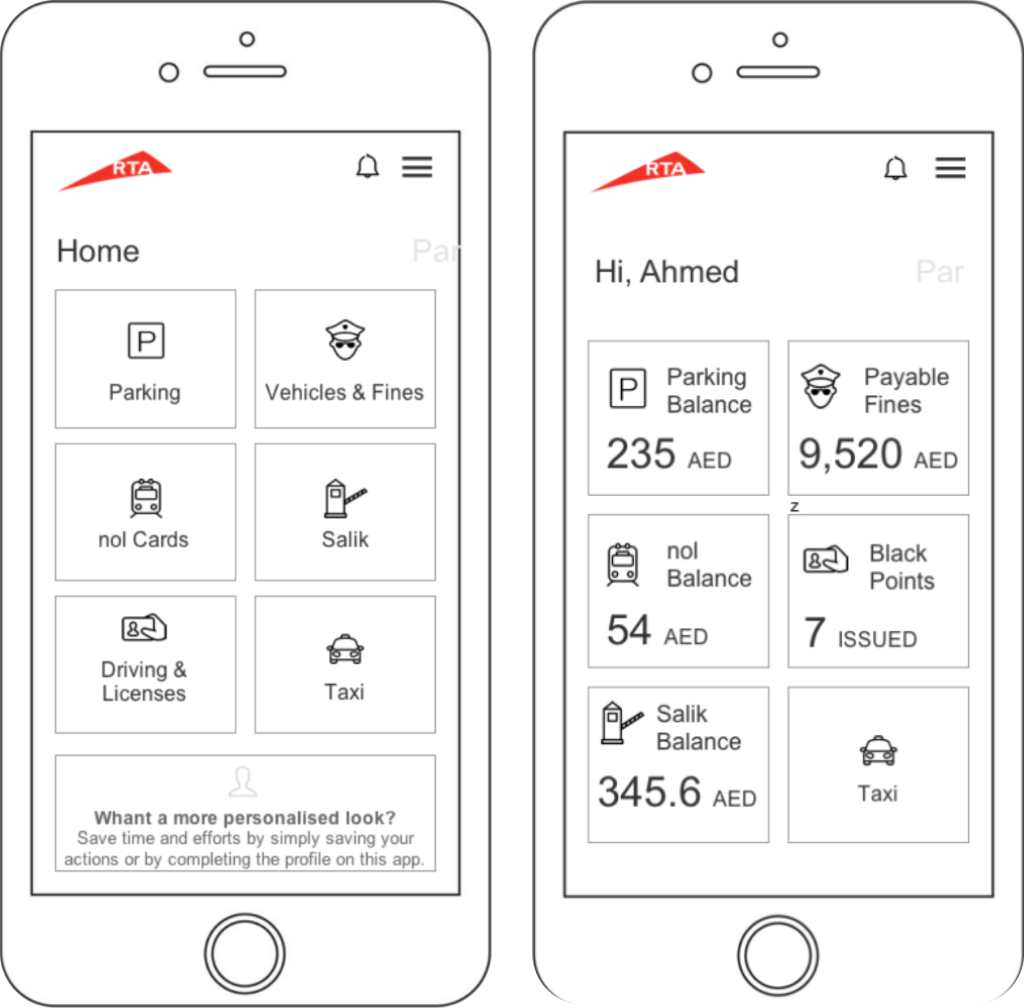
Design iterations - Wireframes
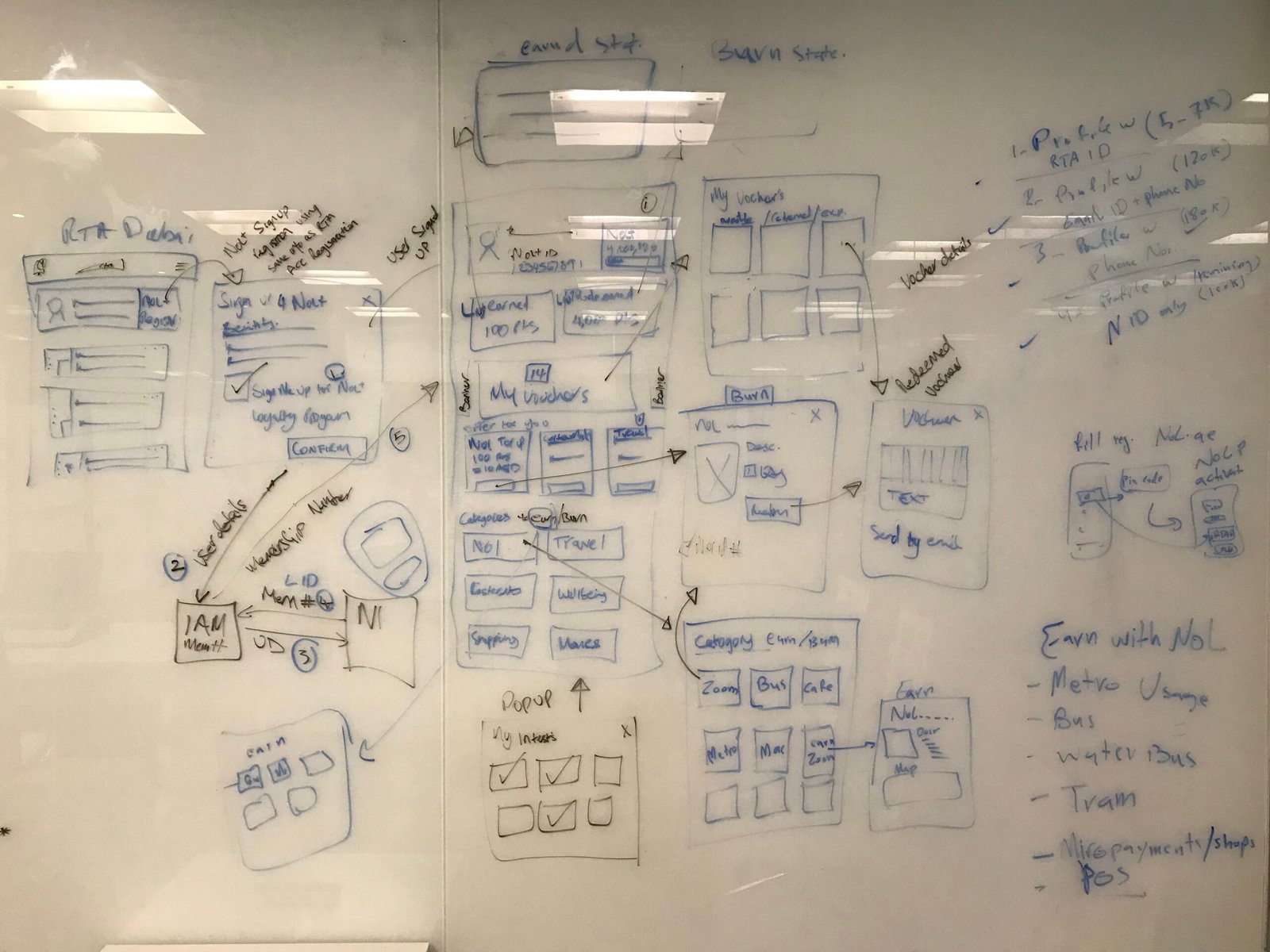

We engaged in multiple design iterations armed with research findings and user test results to enhance our solution.
This iterative process allowed us to systematically address user feedback, refine functionalities, and optimise the design. By incorporating insights gained from each iteration, we aimed to ensure that the final product not only meets but surpasses user expectations.
These iterations were crucial to align the design with user needs, resulting in a more user-friendly and effective solution.
RTA UX strategy & process


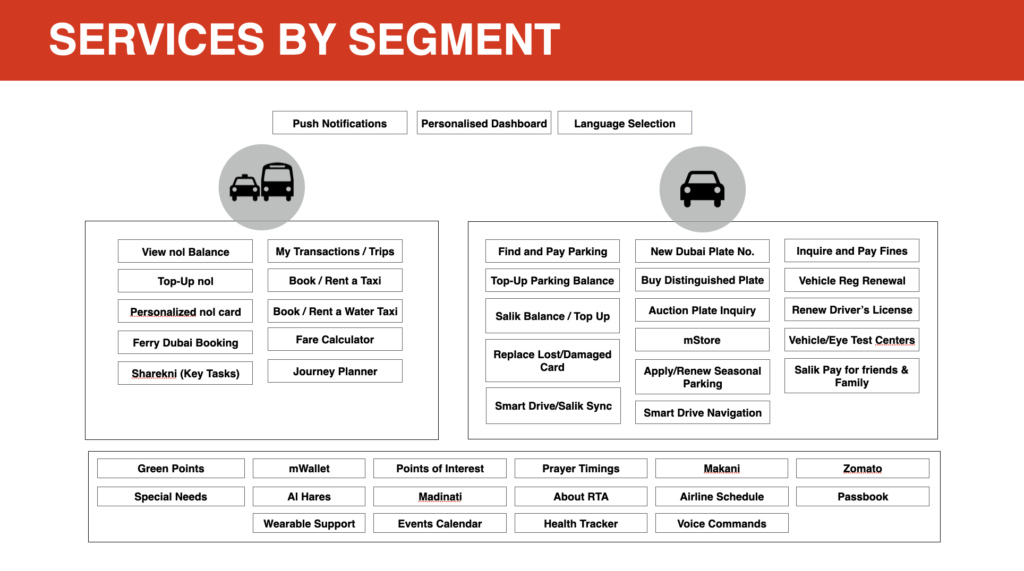
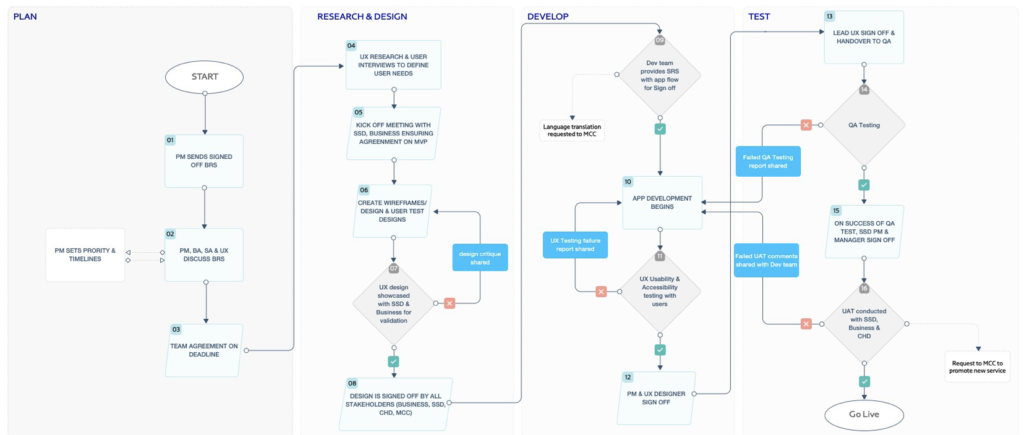
Initial wireframes
During the concept and usability testing, users were presented with various options. Notably, 70% of the participants overwhelmingly chose Option 2. With elements from the other options were highlighted as nice to have.
This strong preference underscores the effectiveness and user appeal of this particular design, guiding us to prioritise and refine option 2 for the optimal user experience.
Final designs used for user testing sessions
Deliver phase
I generate the final design, subjecting them to further usability testing. Subsequently, I collaborate with the development team, guiding them through each modular component, detailing interactions, and instructing on asset gathering.
Final result

Mobile screens
Kiosk screens
Wearable screens
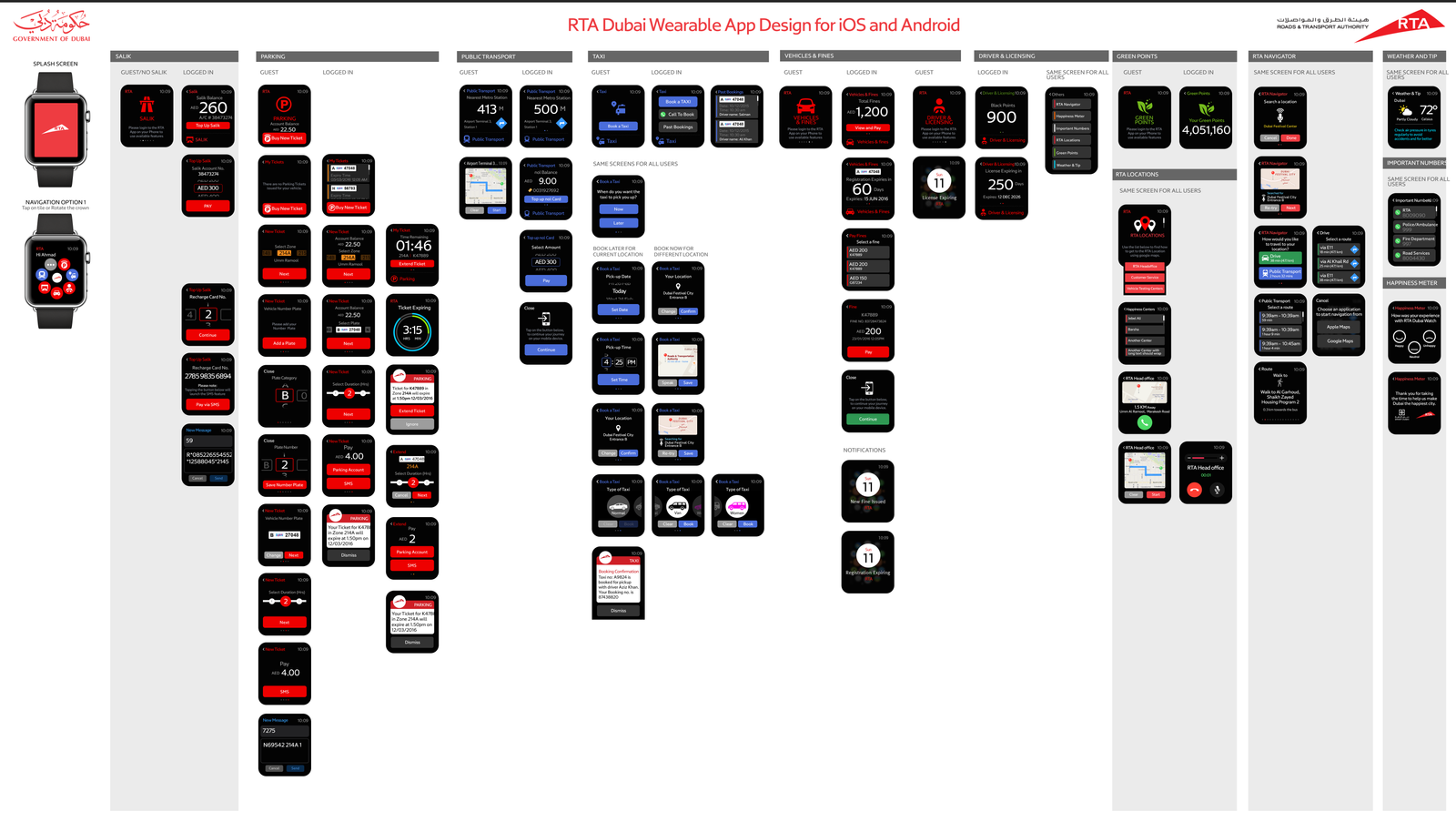
Usability & hypotheses observations
- Incorporating frequently used services onto wearables proved to be user-friendly and effective.
- 93% of participants, gave their approval to the newly curated Sports section, crafted with application
- 88% of participants liked the opportunity to have personalised content, on the dashboard as they can see data without engaging a service
- 82% of participants perceived the new UX to be intuitive and user-friendly gestures adding an element of fun.

What I learned
This project taught me valuable lessons in fostering a user-centric culture across multiple departments. Guided by UX, we successfully introduced innovative ways of working, resulting in the creation of seven diverse platforms, including a chatbot. The outcome promises heightened user satisfaction and improved business efficiency.
Introducing UX practices to RTA was challenging, but equally rewarding. The stakeholders displayed remarkable maturity in embracing digitisation and innovation for RTA services. This user-centric shift promises improved business outcomes, ensuring a seamless and innovative experience for our users.
“
Rahim and I have worked together numerous times over the past few years, while delivering complex digital transformation projects. His wealth of knowledge and experience in user-centered design (UCD) was extremely useful is making the Digital Transformation extremely customer centric, resulting in positive customer feedback and high take up.
Rahim has a great quality of listening and understanding various stakeholders requirements and at the same time designing solutions which will fulfill customer needs seamlessly and effortlessly. I find Rahim to be a great problem solver, with a very analytical mind, and fastidious in what he delivered. furthermore, he has excellent stakeholder skills, where he set expectations from the outset and clearly communicated complex subjects to an audience who were not from a digital background. He is also very witty and personable, which coupled with his UCD knowledge, makes him an invaluable part of the team.
I enjoy working with Rahim as its always a learning experience!

Saima Khan
Chief Consultant / Specialist - RTA Customer Experience and Channels Management
